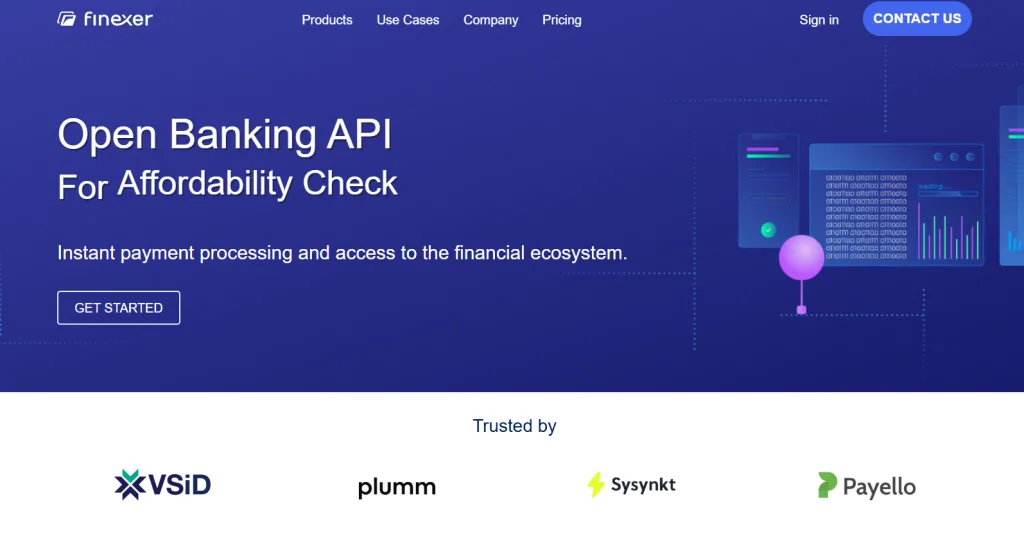Credit underwriting is entering a new phase where traditional scores and static reports no longer reveal enough about a customer’s financial behaviour. Lenders are now dealing with rising BNPL commitments, income variability, and borrowers whose credit files don’t reflect how they actually manage money day to day.
This shift has made categorised bank data one of the most valuable inputs in modern underwriting. Instead of relying on rough indicators, lenders can see real income patterns, spending habits, and affordability signals drawn directly from live bank transactions. It’s a clearer, more reliable foundation for evaluating risk and it’s changing how decisions are made across the UK lending ecosystem.
Raw vs Categorised Bank Data: What Underwriters Actually See
| Aspect | Raw Bank Data | Categorised Bank Data |
|---|---|---|
| Structure | Long, unstructured transaction list with no clear grouping. | Transactions grouped into clear labels such as income, rent, utilities, BNPL, debt, and gambling. |
| Reviewer Effort | Time-consuming manual review and interpretation for each case. | Underwriters see ready-made summaries and patterns from categorised bank data. |
| Risk Visibility | Hidden liabilities or risky spending can be missed in long statements. | High-risk patterns and recurring repayments are surfaced automatically. |
| Decision Consistency | Different reviewers may interpret the same data differently. | Standardised categories support more consistent, repeatable decisions. |
| Use in Underwriting | Useful but noisy — needs a lot of manual context-building. | Directly usable in affordability checks, scorecards, and credit policies. |
How Categorised Bank Data Improves Credit Decisions
Once transactions are structured into clear behavioural groups, underwriting becomes far more precise. Categorised bank data highlights the patterns that directly influence repayment capacity — not just historical scores or assumptions.
A few ways it strengthens decision-making:
- Accurate income mapping: Detects salary cycles, variable income, gig-work inflows, and changing earning patterns.
- Real affordability insights: Shows how much disposable income truly remains after essentials and recurring commitments.
- Hidden liabilities surfaced: BNPL instalments, short-term loans, and recurring repayments appear clearly instead of getting lost in raw entries.
- Early risk signals: Gambling spikes, fast-growing subscriptions, and high volatility patterns become visible.
- Faster and more consistent decisions: Underwriters spend time analysing insights rather than scanning statements.
With categorised bank data in place, credit teams can move from subjective reviews to structured, evidence-based assessments.
The Categories That Matter Most in Underwriting
The power of categorised bank data comes from focusing on the signals that directly shape repayment behaviour. When transactions are grouped under the right categories, an applicant’s financial wellbeing becomes easy to evaluate.
Key categories lenders rely on:
- Income patterns: Frequency, stability, and any sudden drops or irregular inflows.
- Housing and utilities: Rent, mortgage payments, council tax, and essential bills that shape core affordability.
- Debt commitments: Loan instalments, credit repayments, and recurring BNPL cycles.
- Subscriptions and lifestyle spending: Regular outflows that reduce monthly surplus.
- Gambling and high-risk transactions: Early warning indicators that often don’t appear in traditional credit files.
- Stability signals: Spending volatility, monthly buffer levels, and overall financial discipline.
When presented through categorised bank data, these patterns help underwriters see risk clearly without combing through hundreds of individual transactions.
Finexer: Categorised Bank Data for UK Lending Firms

Finexer delivers categorised bank data designed for lenders who need accuracy, depth, and a clear view of customer behaviour. Every transaction is grouped into meaningful categories that support faster and more confident underwriting.
What Finexer provides:
- Up to 7 years of transaction history for long-term behavioural analysis
- Unlimited transaction fetch, giving credit teams a complete affordability picture
- Coverage across 99% of UK banks
- Balance Enrichment: Delivers running balances for transactions, even when financial institutions fail to provide them.
- A single API for data access, affordability checks, and repayments
- Deployment 2–3x faster than typical market timelines
- Transparent, usage-based pricing
- 3–5 weeks of onboarding support, ensuring smooth implementation
Finexer equips lending teams with structured insights and consistent categorisation, helping them make clearer, faster, and more informed decisions across consumer credit, BNPL, auto finance, and SMB lending.
Conclusion
Credit decisions are only as strong as the data behind them. With customers managing money across gig work, BNPL, multiple income streams, and fluctuating expenses, relying on credit files alone leaves too many gaps. Categorised bank data closes those gaps by giving lenders a real and structured view of financial behaviour from income stability to spending pressure and repayment patterns.
This level of clarity helps credit teams approve the right customers faster, identify risk earlier, and build underwriting processes that are consistent and fair. For lenders looking to sharpen affordability checks without slowing down decisions, categorised bank data has become a foundational tool.
How does categorised bank data help lenders assess affordability?
It highlights real spending patterns, recurring commitments, and income stability, giving lenders a clearer view of what a customer can genuinely afford.
Is categorised bank data more accurate than raw statements?
Yes. Raw data is unstructured, while categorised bank data groups transactions into meaningful categories like income, debt, utilities, and gambling for clearer underwriting.
Why is categorised bank data useful for thin-file applicants?
It reveals behavioural patterns even when credit history is limited, helping lenders make fairer and more informed decisions.
Finexer gives your team categorised bank data built for UK lending, Speak with our team to see how it fits your underwriting workflow.
